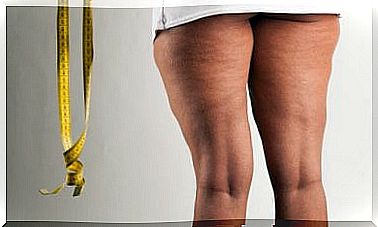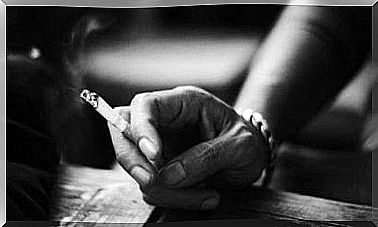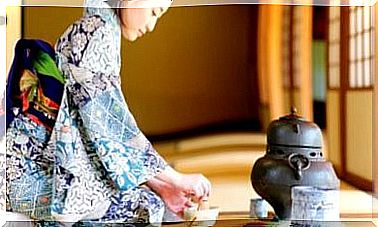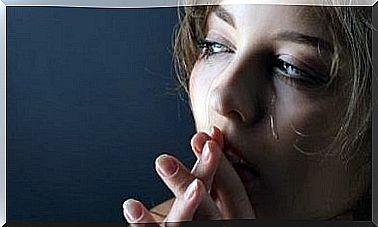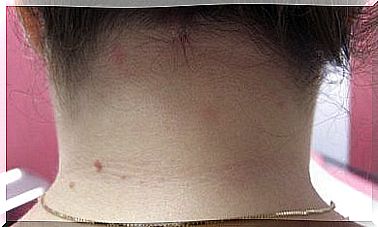What Is A Bronchoscopy?
Bronchoscopy usually lasts between 30 and 60 minutes, but it is a process that requires some preparation as well as subsequent recovery for at least a few hours. In this article, we discuss its indications and the associated risks.
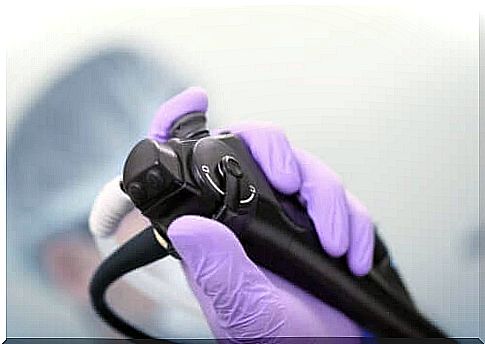
Bronchoscopy is a diagnostic test that has been used since the end of the 19th century. It allows observation of the respiratory tract to the largest bronchi. In addition, it is also used to treat certain pathologies.
This technique has improved enormously over time. It was formerly made with a rigid steel tube. But, currently we use a longer and flexible device, and also easier to handle.
Bronchoscopy is one of the fundamental pillars in pulmonology and is very often used. In this article, we explain everything you need to know about its technique and its uses.
What does a bronchoscopy consist of?
As we just pointed out, bronchoscopy is a procedure that allows you to visualize the airways. It is useful for diagnosing or treating certain respiratory diseases.
To do this, a bronchoscope is used. It is a tube of about two feet that goes through the nostrils or the mouth. This tube has a kind of camera at its end that allows you to see, simultaneously on a screen, the inside of the respiratory tract.
Besides the camera, the bronchoscope allows other elements to be introduced into the area. For example, tools for obtaining tissue samples or for extracting a foreign body in the airways. Currently, the most widely used bronchoscope is flexible.
It makes it possible to reach certain more inaccessible regions of the bronchi and to have sufficient room for movement. However, the rigid bronchoscope is still in use. Especially in the event of bleeding or the presence of a large foreign body in the respiratory tract.
What are the indications for bronchoscopy?
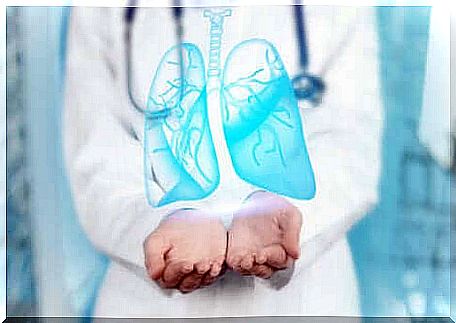
Bronchoscopy is a technique frequently used to diagnose possible lung disease. It is therefore generally applied in people who have respiratory symptoms such as cough, difficulty in breathing, or signs of infection.
In addition, it is performed when other diagnostic tests have failed to find the cause of the underlying pathology. In addition, it is important to emphasize that it is also a therapeutic tool. Its main indications are therefore as follows:
- Extraction of foreign bodies that obstruct the airways.
- Obtaining samples of lung or bronchial tissue: this is used to identify the cause of an infection or to make a histological diagnosis.
- Cancer diagnosis: According to a study published in the Cuban Journal of Military Medicine, the best use of bronchoscopy is when there is suspicion of cancer.
- Stop bleeding: through laser or electrocautery techniques.
- Widen the airways: which could be narrow.
How is it carried out?
Bronchoscopy is a very unpleasant technique for the patient. It is a procedure that usually lasts between 30 and 60 minutes. However, it requires preparation as well as a subsequent recovery time.
To avoid complications, bronchoscopy is sometimes performed under general anesthesia. Especially when using the rigid bronchoscope which is much more uncomfortable. In other cases, only tranquilizers are given to soothe and relax the muscles.
Usually the patient is sitting or lying on a stretcher. To perform bronchoscopy, heart rate and oxygen level should be monitored at all times. The bronchoscope is inserted through the nose or mouth. The introduction is carried out slowly and gradually, avoiding sudden movements.
In some cases, another probe is also inserted through which saline solution is administered. This helps clear mucus from the airways and collect better tissue samples. In addition, as we reported earlier, dilator devices called stents are also being introduced. At the end of the examination, the doctor gently and slowly withdraws the tube.
Recommendations before doing a bronchoscopy
Although it can be an emergency, it is very often planned. In this case, it is essential to follow all the recommendations of the professional.
Since this is a procedure with a risk of bleeding, it is usually necessary to avoid anticoagulant drugs several days before the examination. The ideal is to go there with comfortable clothes and accompanied.
Although anesthesia is not necessary in all cases, medications given to soothe the patient can make the patient lethargic or dizzy. It is preferable that a person accompany him.
During the exam
Since in most cases there is no general anesthesia, the person stays awake and can collaborate. The doctor can therefore ask questions about any discomfort that may arise.
After the bronchoscopy
After this examination, it is essential to leave a period of rest and monitoring. Indeed, complications such as bleeding can appear in the hours that follow. The patient must therefore remain under observation for at least several hours.
In addition, during this period, the effect of the numbing drugs gradually wears off. At this time, it is normal to feel discomfort or numbness. You should not eat or drink anything for a few hours after the bronchoscopy.
Most people experience a sore throat or a cough. On the other hand, in the event of difficulty in breathing, expulsion of blood while coughing or fever, it is essential to consult a doctor.
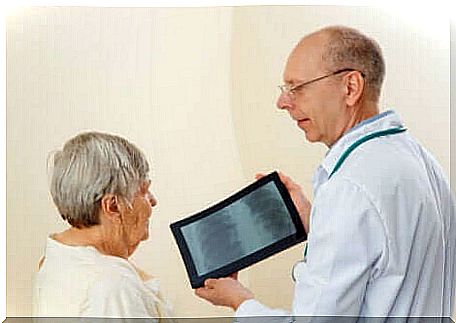
Risks of bronchoscopy
Like any other medical procedure, bronchoscopy comes with risks. However, complications are rare. This is because they are most often the result of the anesthesia used for the procedure rather than the technique itself.
Bronchoscopy is often done in children. Because it is common that they swallow small objects that get lodged in the airways. According to a study published in Pediatric Surgery, it is important to point out that this technique is considered safe and very effective at this stage of life.
According to the Mayo Clinic, the possible risks of this procedure are bleeding, lung collapse and fever. Bleeding is usually self-limiting and tends to resolve itself. Regarding pulmonary collapse, it occurs when, during bronchoscopy, the lung is punctured and air accumulates around it.
Bronchoscopy is an essential technique in pulmonology
Bronchoscopy is a relatively simple procedure that offers great diagnostic and therapeutic benefits. It rarely causes complications and in most cases is done without general anesthesia.
It is one of the most important techniques for diagnosing cancer. It is also useful in pediatrics because children often swallow small objects that get stuck in the airways. Finally, this examination makes it possible to carry out more and more therapeutic actions.
